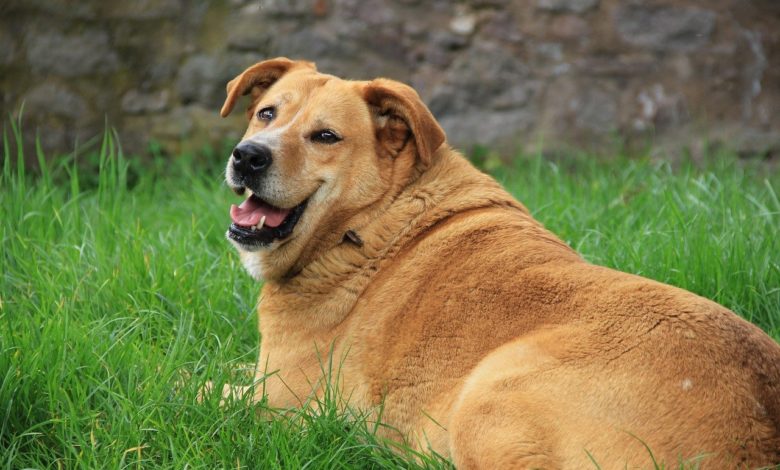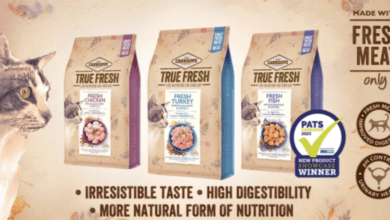The growing problem of obesity in dogs

Obesity is a growing problem in dogs. However, the 2019 Burns Pet Nutrition Pet Census found that 89% of dog owners think their pet’s weight is normal.

Become a member for unlimited access
Remove all content restrictions with a membership account. First-year special offer pricing. Cancel any time.
You have read 2/2 free articles this month.

How many members should have access to the subscription?
Monthly
Yearly
Save £9.89
No, thanks
I already have an account

Obesity is a growing problem in dogs. However, the 2019 Burns Pet Nutrition Pet Census found that 89% of dog owners think their pet’s weight is normal.

